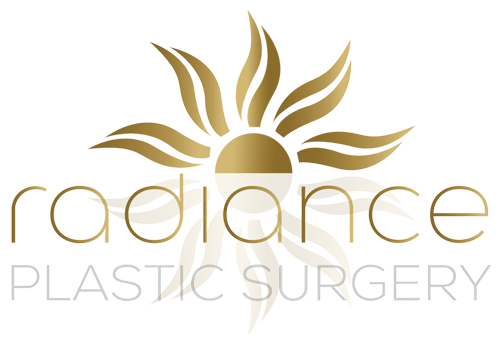Breast augmentation is a widely sought-after procedure, often leading to increased self-confidence and comfort in one’s body. The surgery involves the use of breast implants, such as saline or silicone implants, to enhance the size and shape of the breasts. Despite the benefits of the procedure, it is not uncommon for a patient to eventually need a breast implant revision.
There is no specific timeline for when a breast implant revision may become necessary. However, sure signs indicate it might be time for a revision. Patients should be aware of these signs and regularly monitor their implants to ensure their continued satisfaction and well-being with their breast augmentation results.
What is Breast Implant Revision?
Breast implant revision is a surgical procedure that involves replacing existing implants with new ones. This procedure can have multiple goals, such as correcting capsular contracture, addressing implant rupture, modifying implant size, or altering the type or texture of the implant.
During the surgery, scar tissue surrounding the implants may be released or removed, with implants being repositioned or the implant pocket adjusted. The process shares similarities with breast augmentation surgery but with an added level of complexity. It’s crucial to determine whether the same or different incision will be used, whether the implants will be placed in the same plane (above or below the muscle) or if a change of plane is advised.
Causes for Breast Implant Revision
Several factors may result in breast implant revision surgery. Some of the common causes include:
- Capsular contracture occurs when the immune system responds to foreign material, such as breast implants, by forming fibrous scar tissue around it. While the tissue capsule typically remains soft and maintains the implant’s position, in some cases, it may harden and alter the breast’s appearance, causing discomfort.
- Wrinkling or rippling: Visible creases or folds in the breast implant may form through the skin, particularly with saline implants and in patients with a thinner physique.
- Rupture or leakage: Breach or leakage of the implant may result from sudden physical pressure or gradual weakening of the implant shell. A ruptured saline implant will deflate, causing a noticeable size difference, while a silicone implant rupture might only be detectable through breast imaging.
- Implant displacement: Over time, breast implants may shift in position due to gravity or implant weight. This shifting could also become evident after pregnancy and breastfeeding.
These complications can lead to the necessity for breast implant revision surgery to address the issues and improve patient satisfaction.
Who is a Candidate?
Individuals considering breast implant revision may be dealing with issues related to the implant itself, experiencing uncomfortable symptoms, or simply aiming for an improved cosmetic result. One predominant factor leading patients to opt for breast implant revision is dissatisfaction with their current implant size or shape.
Women who have had breast implants before having children might face considerable changes in their breast appearance during pregnancy. Consequently, they may pursue breast implant revision to regain a more youthful and appealing breast shape.
Engaging a proficient, board-certified plastic surgeon is crucial for attaining successful outcomes in breast implant revision procedures. Look for a surgeon who demonstrates extensive knowledge, expertise and experience in the field, as well as evidence of their commitment to staying up-to-date with current advances in plastic surgery.

